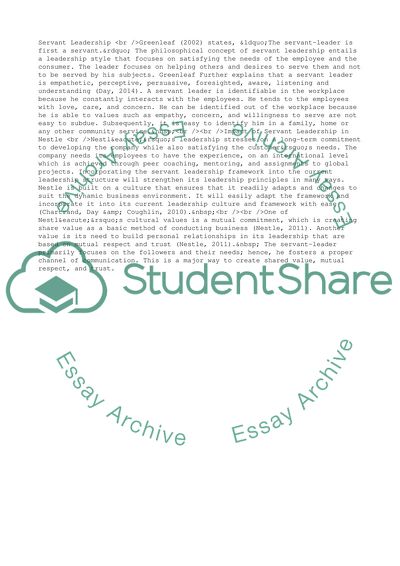Cite this document
(Evaluation of Nestle S.A based on Servant Leadership Case Study, n.d.)
Evaluation of Nestle S.A based on Servant Leadership Case Study. Retrieved from https://studentshare.org/business/1865610-servant-leadership
Evaluation of Nestle S.A based on Servant Leadership Case Study. Retrieved from https://studentshare.org/business/1865610-servant-leadership
(Evaluation of Nestle S.A Based on Servant Leadership Case Study)
Evaluation of Nestle S.A Based on Servant Leadership Case Study. https://studentshare.org/business/1865610-servant-leadership.
Evaluation of Nestle S.A Based on Servant Leadership Case Study. https://studentshare.org/business/1865610-servant-leadership.
“Evaluation of Nestle S.A Based on Servant Leadership Case Study”, n.d. https://studentshare.org/business/1865610-servant-leadership.


